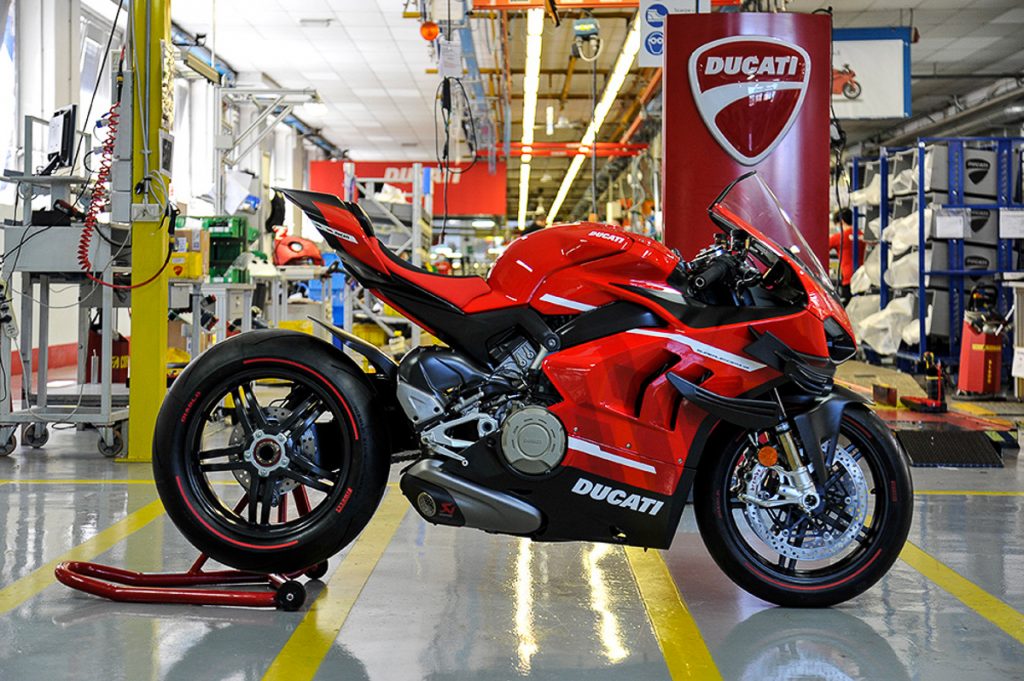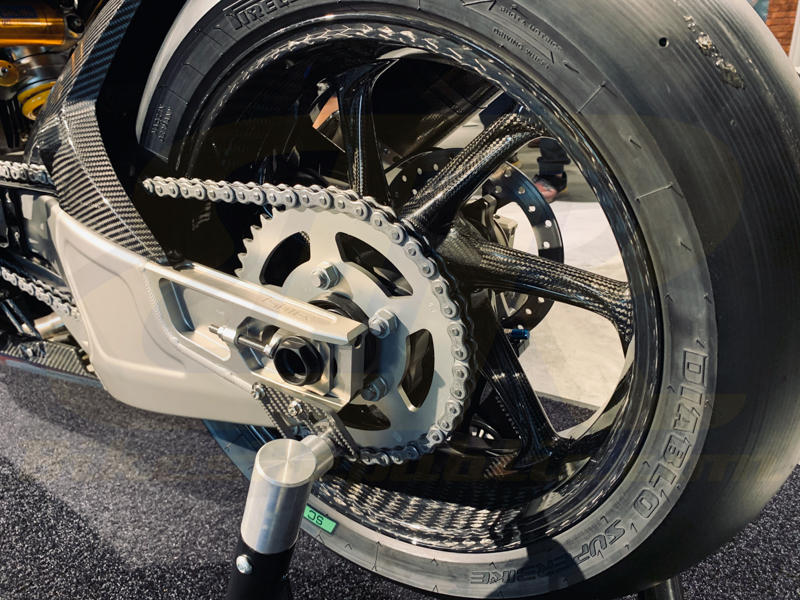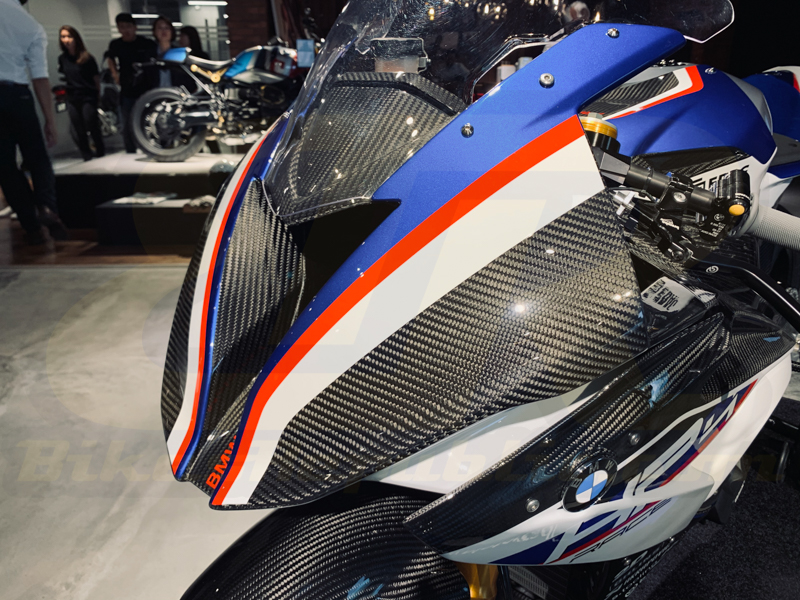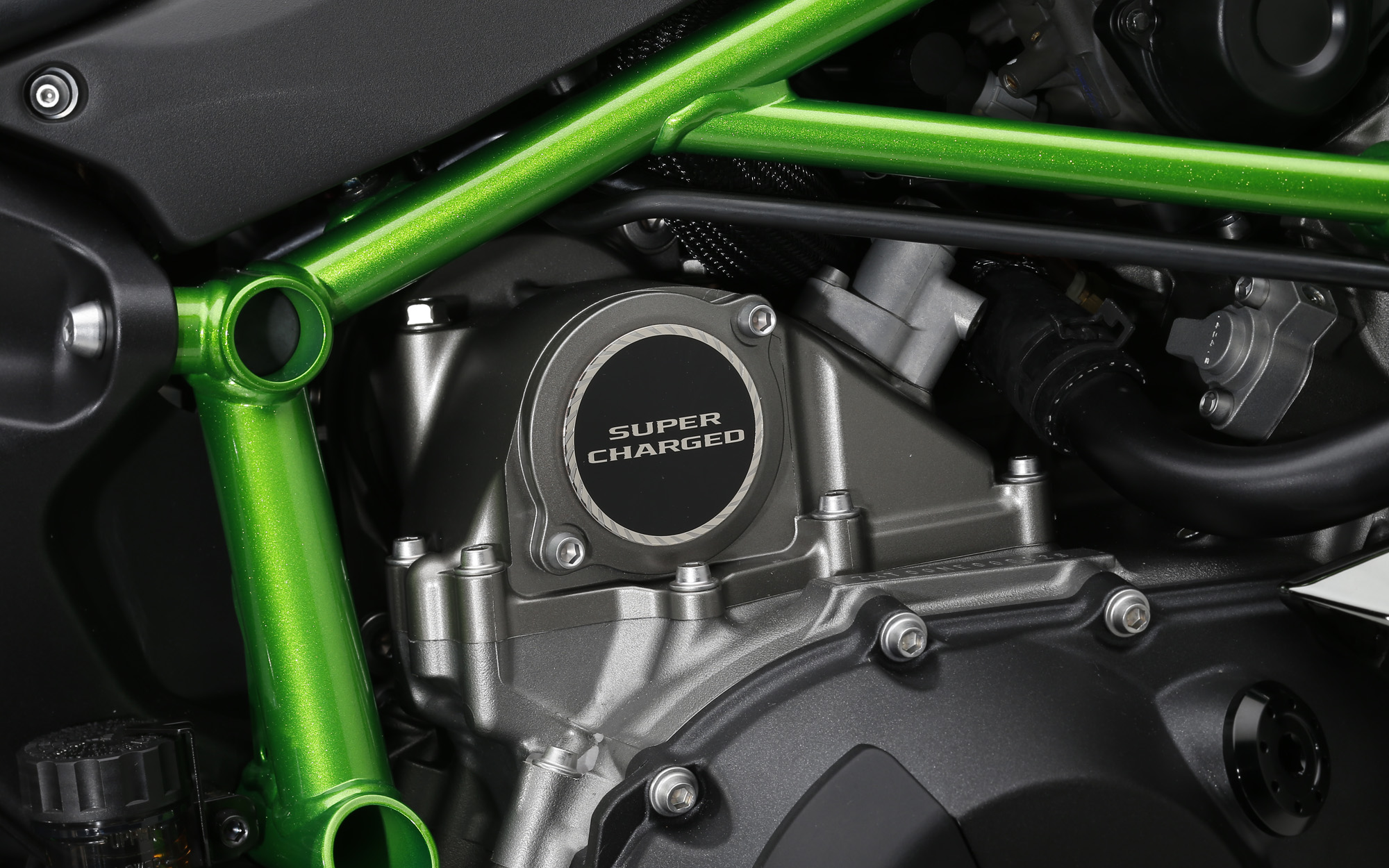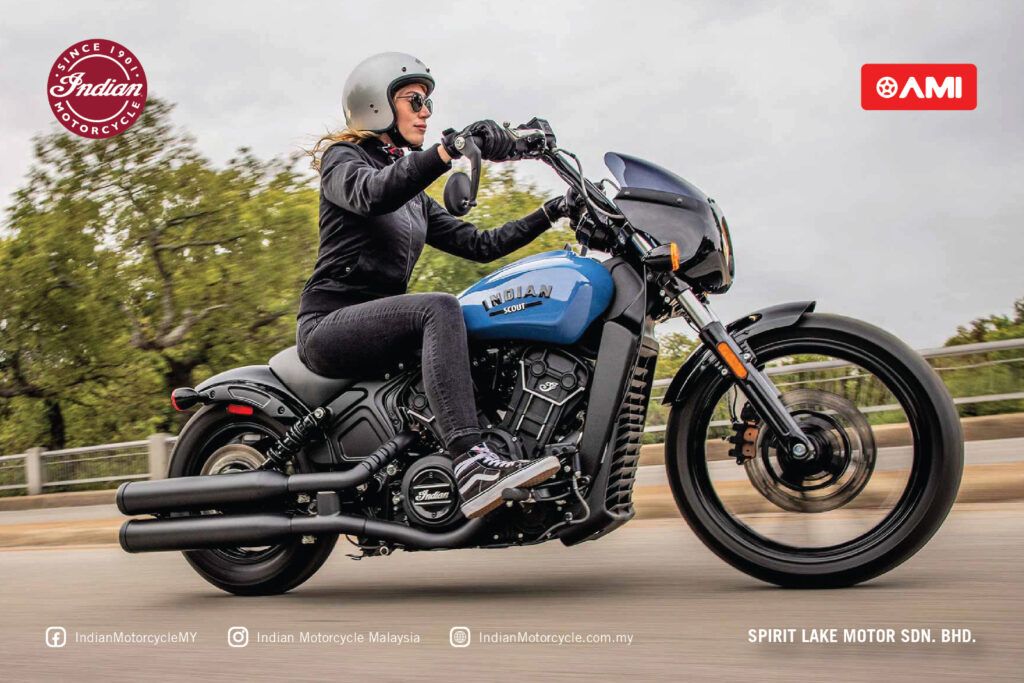-
There’s a saying “light is right.”
-
Instead, we are always too engrossed with horsepower.
-
Let’s talk about power-to-weight ratio in this article.
We’re all so caught up by horsepower figures that we usually overlook many other areas of performance. One very important principle regards weight, or the lack of it, to be more specific which leads to the saying, “light is right,” which also corresponds to power-to-weight ratio.
That’s what all the brow-ha-ha over the likes of the BMW S 1000 RR HP4 Race and Ducati Superleggera V4 lies.
What does lightness bring
In Newton’s Law of Motion, the lighter an object, the less force is required to make it change direction of motion. It’s all in the equation: F = ma where F is force, m is mass and a is acceleration. As such, force has a larger figure when mass is higher, acceleration being equal.
For the rider in you and I, it means that it’s easier to make a bike change directions, accelerate and decelerate.
But an even easier term to understand is “power-to-weight” ratio. It’s a simple math by dividing the engine’s horsepower to the bike’s weight. Let’s show you a few calculations so you can see for yourself.
The Weight Loss Route
Let’s take a generic 1000cc sportbike, as an example. Let’s say that the engine produces 200 hp and the bike weighs 180 kg.
So, 200 hp/ 180 kg = 1.11 hp/kg
Now, say you managed to drop some weight by swapping out the stock exhaust system with a lighter aftermarket item, shaving 15 kg in the process.
200 hp / 165 kg = 1.21 hp/kg
Now, you drop even more weight after dumping the rear passenger’s seat and the footpegs. Besides those, you removed the entire tailsection and install a tail-tidy. (Note here that we’re not encouring you to modify your bike!) You shaved another 8 kg in the process.
The power-to-weight ratio now is:
200 hp / 157 kg = 1.28 hp/kg
The Brute Power Route
For comparison’s sake, let’s assume that you don’t want to swap anything out, thereby maintaining the bike’s stock weight of 180 kg. Instead, you look to push power higher by performing modifications to the ECU, injectors, etc., which nets you an extra 10 hp.
Thus,
210 hp / 180 kg = 1.16 hp/kg
That’s lower than if you had chucked out 10 kg of weight.
Let’s try to equal 1.28 hp/kg. To reach that ratio, you would’ve to modify the engine to produce:
1.28 X 180 kg = 256
Yup, your engine needs to produce a MotoGP-level 256 hp.
Conclusion
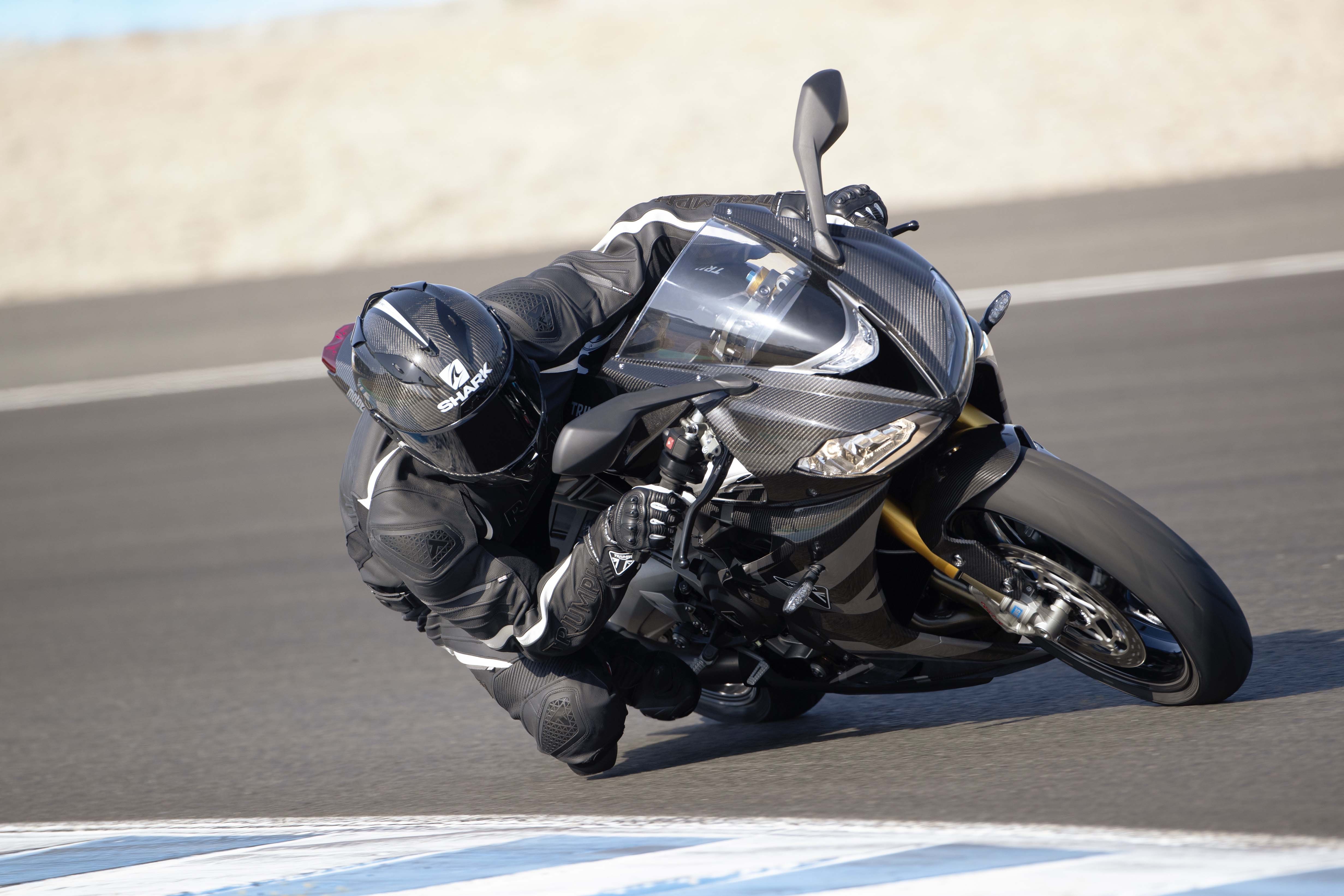
As you can see above, the easiest route to making you bike go faster is by lightening it. It’s also much cheaper because you can remove superfluous parts on your bike, compared to installing go-fast stuff such as ECU, exhaust system, injectors, valves, pistons, conrods besides engine work such as porting and flow. You might as well just buy a homologation special superbike!
Additionally, and perhaps more importantly, your bike will be much easier to ride with lower weight. It’ll accelerate quicker, while saving much more engine power and fuel in the process. It’ll take less distance to brake too, saving your energy and causes your fingers and arms to tire less.
To wrap up, there’s another saying: “Losing weight is free horsepower.”

